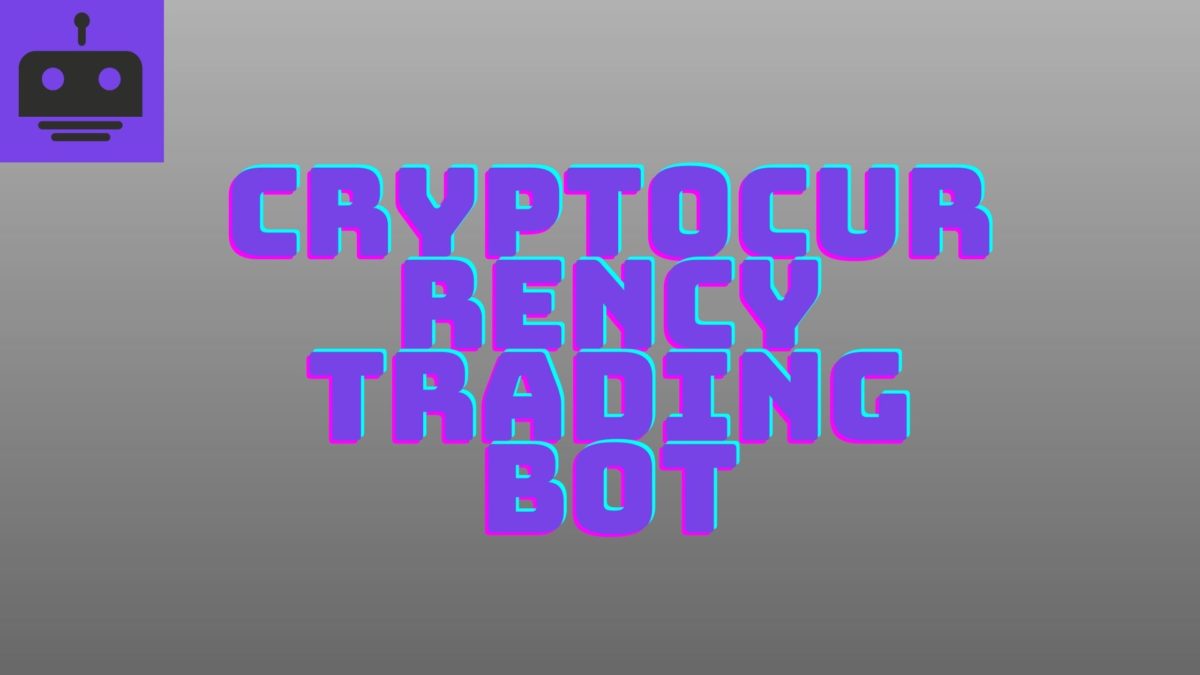Ethereum decentralized finance, or “DeFi” for short, is among the best in the world of blockchain and cryptography. Although everyone and their businesses made an “initial money offer” or ICO, few companies have seen the potential of a blockchain much more than a rapid price gain. These pioneers envisioned a world in which financial applications, such as transactions, savings, banking, or insurance could all be done on the blockchain, without intermediaries.
To understand the potential of this revolution, imagine if you had access to a savings account that gives ten percent a year in dollars, but without a bank and almost no financing risk. Imagine being able to exchange insurance with a farmer in Ghana sitting in his Tokyo office. Imagine being able to be a merchant and collect fees as a percentage that each investor would want. It sounds too good to be true? It is not. This future is already here.
Ethereum Blocks
There are some basic DeFi building blocks that you need to know before we proceed:
Loans with excessive guarantees or the power to “use your assets” for long-term owners, traders and speculators.
Automated market creation or exchange of an asset for an unreliable one without a clearinghouse or an intermediary.
Algorithmics that follow the price of what is not physical nor supported by material objects.
Understand how DeFi is made
Stablecoins are often used in DeFi because they mimic traditional currencies like the US dollar. This is an important development, as the history of cryptography shows how volatile things are. Stablecoins like the DAI are designed to track the value of the US dollar with small deviations, even during strong bear markets, even if the price of crypto falls as the 2018-2020 bear market.
Loan protocols are an interesting development, usually based on stable coins. Imagine if you could lock your belongings with a million dollars and then borrow with coins after stability. The protocol will automatically sell your assets if you fail to repay the loan when your collateral is no longer sufficient.
Automated market makers. Without it, you are stuck with the legacy financial system, which you need to trust your broker, stock exchange or capitalization company. Automated market makers or AMMs allow you to exchange one asset for another based on a reserve of both assets in your groups. Price detection takes place through external arbitrators. Liquidity comes with other people’s assets and they have access to business rates.
Now you can expose yourself to a wide variety of activities in the Ethereum ecosystem and without ever interacting with the traditional financial world. You can make money by being a trader or lending assets.
For the developing world, this is a surprising innovation, as they now have access to the complete set of financial systems in the developed world, without barriers to entry.
In conclusion



